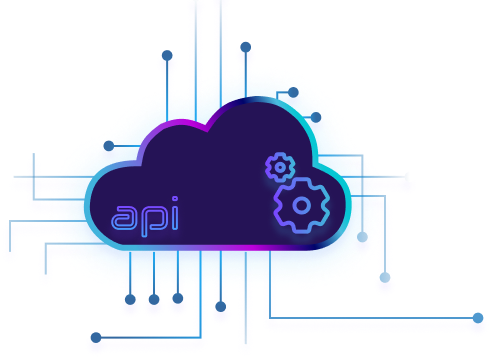The future of Your Organization is in the Hands of Better APIs

Guest Author
2 April,2023 •
6 mins read
Today, to thrive and survive in the connected world, it is a must for organizations to maintain an API-enabled digital portfolio. The entire organization’s digital capability and growth rely on selecting the right API design and management platform. This is why businesses invested in APIs more than ever before during the last couple of years. This year, more businesses are expected to adopt emerging APIs to improve business performance and efficiency. APIs have become even more important than the products or services of an organization in a connected global environment.
According to surveys conducted, more than 65 percent of developers spend more than 20 hours a week on APIs. Full Life Cycle API Management Platforms enable this trend. It also accelerates organizational growth while enhancing security, composability, and business resilience.
How to utilize these platforms in the future, in a more connected world?
Though it looks like Runtime Management is the core of API Management it is just the tip of the iceberg. Of course, there are important components such as Identity and access management, developer portal, security, mediation, and transformation in runtime management. However, the API development trend within independent teams has led to implementing a federated governance model and scaling teams with Platform Ops creating a great experience for developers and operators. In the present, API producer and consumer life cycles attract more focus as API management evolves.
It is the experience that matters in both API producer and consumer lifecycles. The roles of the operator, developer, product manager, and data scientist should be thoroughly analyzed when designing experience. This analysis provides a wide opening for innovation while enhancing the quality of the experience.
There are three different approaches that organizations follow in building APIs.
-
Code First
-
API-First
-
Design-First
In the Code-First approach, the API description is created after implementing the API code. There, the design process is distributed among various code documents. This is a more traditional approach. However, it helps deliver simple APIs fast and it is very familiar to developers.
Organizations that treat APIs as first-class citizens prefer an API-first approach. APIs are critical business assets for them as it brings value. The emergence of the API-first approach coincides with the rise of microservices as having microservices is not possible without APIs and sometimes containers too. The API-first approach facilitates organizations with reusable and consistent APIs in building software products. Furthermore, the API-fist approach facilitates:
-
Minimizing the risk of failure
-
Ensuring a positive developer experience
-
Accelerating the speed to market
-
Minimizing the cost of development
-
Enabling the development teams to work in parallel
-
Supporting future-proof applications
A key challenge in the API-first approach is that it requires company-wide buy-in. However, this is not practical as not everybody in the organization understands the commitment it requires and the business value of APIs. Hence in adopting an API-first approach, the organization needs a lot of training.
In the design-first approach, every API design is described in an iterative way that both machines and humans can understand, before writing any code. Here every stakeholder participates in writing the API contract in the design. This API contract should satisfy all the parties. In this approach, the teams spend a lot of time in design to ensure that there would not be any amendments in the code. The design-first approach shares the following benefits with the API-first approach.
-
Enabling the development teams to work in parallel
-
Ensuring a positive developer experience
-
Minimizing the cost of development
API-first and design-first approach is a perfect match when implementing the most consistent, high-quality, and reusable APIs.
API Management Platform providers always care about their customers (B2B) and customer’s customers (B2B2B). Hence they are keen on providing business intelligence information to discover the user behaviors such as the following.
-
Active consumers during a given period
-
The percentage of consumers for a particular API
-
The time takes to go from Discovery to Deployment
-
The ways users find the API program
-
The number of consumers signs up out of the total number of users who visits the site during a given period
-
The number of consumers dropped during a given period
-
The level of difficulty for customers to onboard new APIs
-
The probability of customers recommending the APIs to another
-
Overall customer satisfaction
Once an organization adopts an API Management Platform, it owns both internal and external stakeholder experience as well as the responsibility of managing the platform. Nowadays, the components of API Management Platforms have become commodities (for example Identity and Access Management). To survive and thrive in this domain, the organization needs composability in the preferred API management solution.
With the current trends in developing machine learning models on the internet, it is possible to expect more innovative anomaly detection, conversational reporting, and commanding with text to go from use cases to SDKs. Beyond 2023, API Management Platforms could focus on key experiences, including more than just runtime, mix and match of plug-and-play components, and ML/AI capabilities.



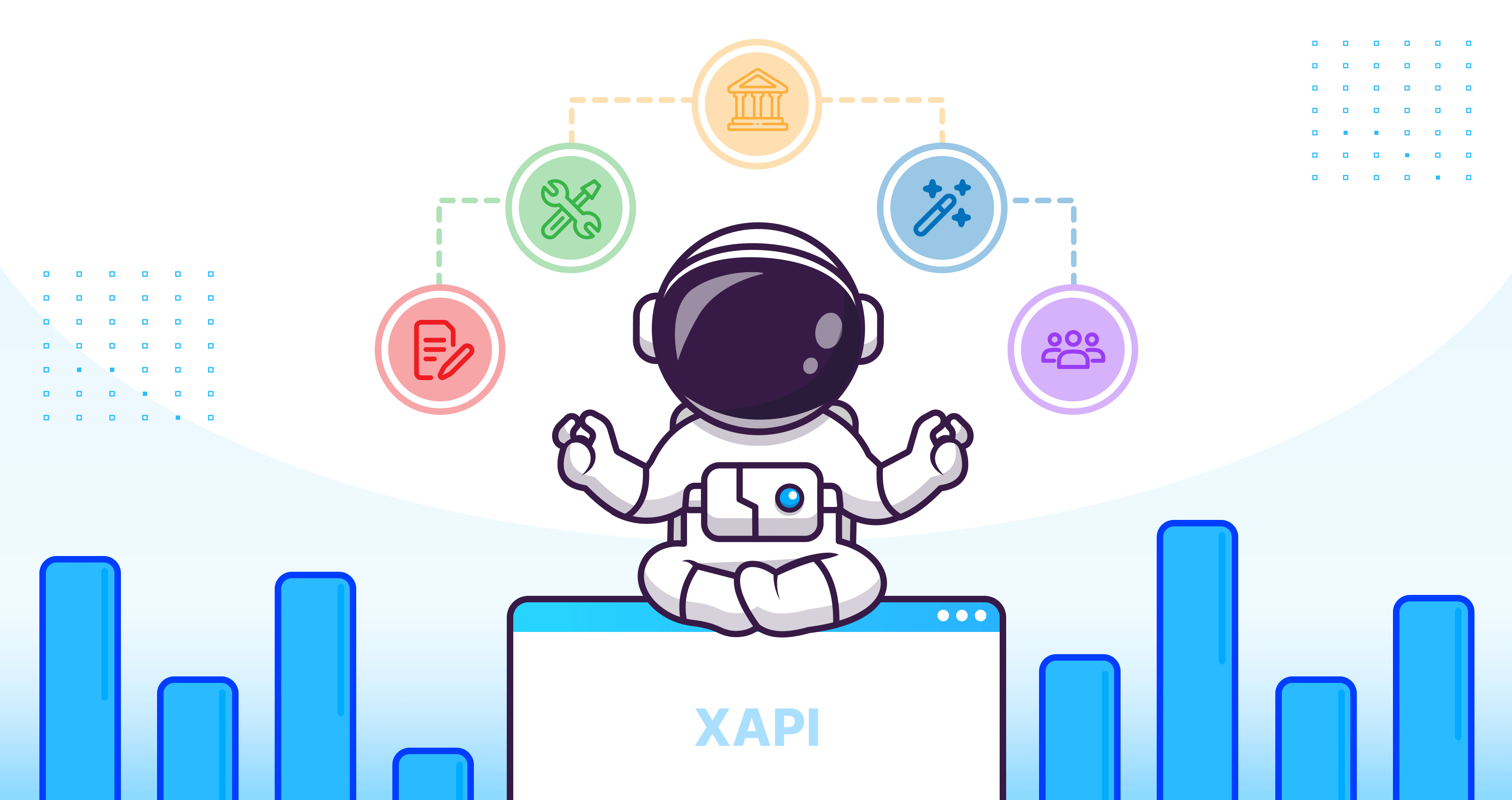

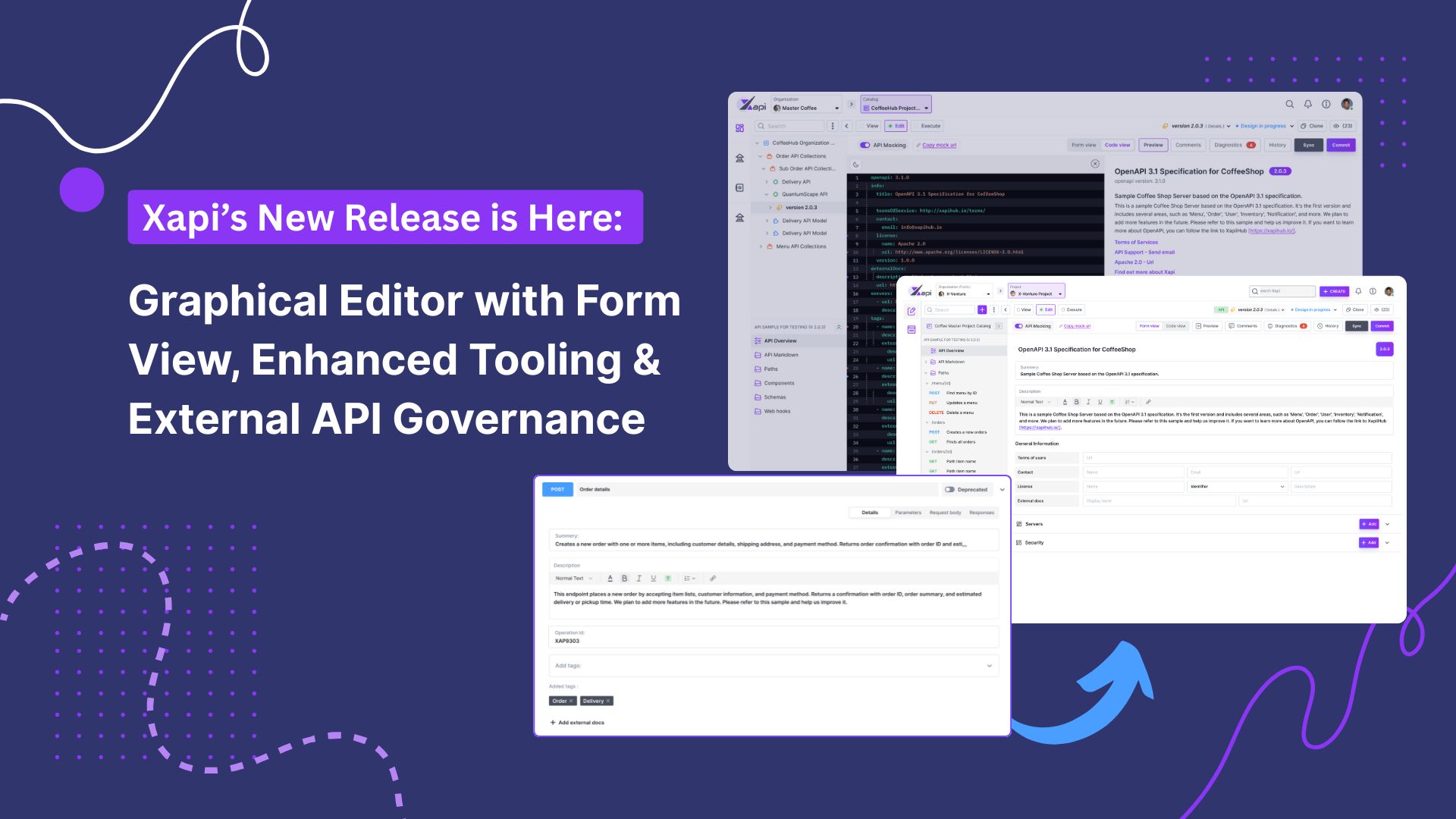

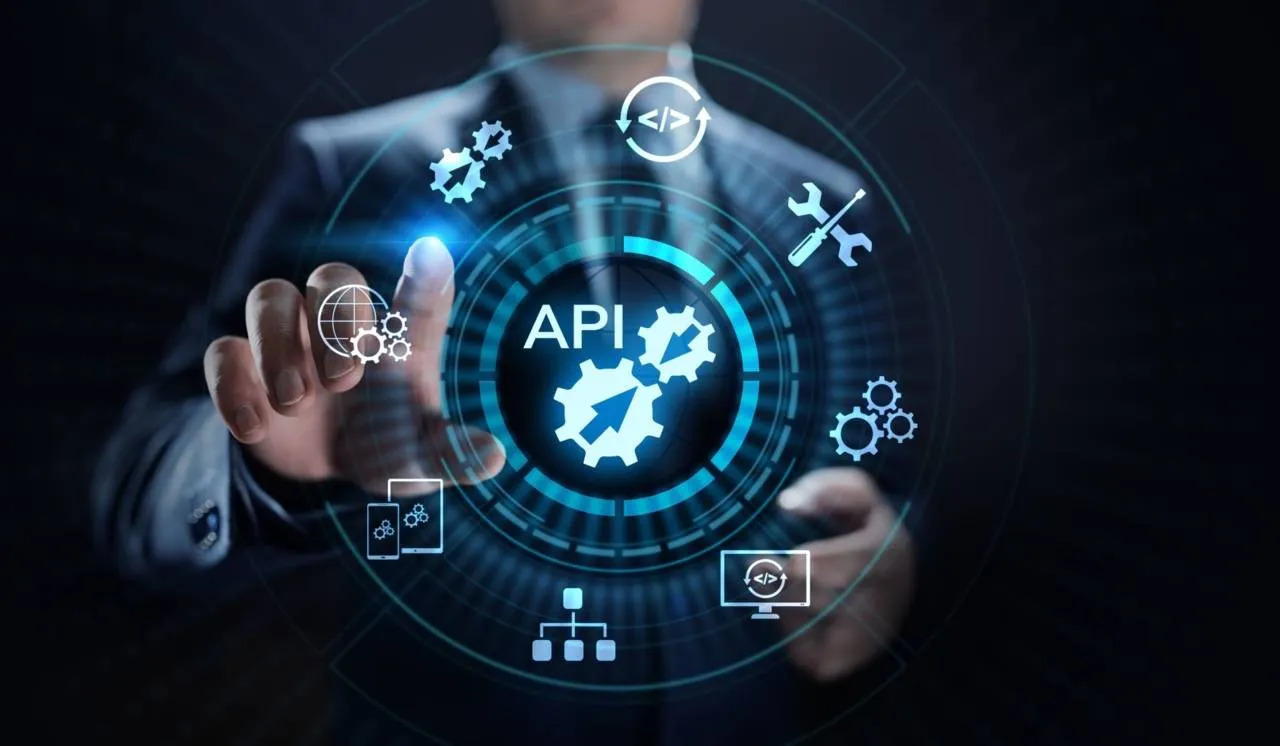

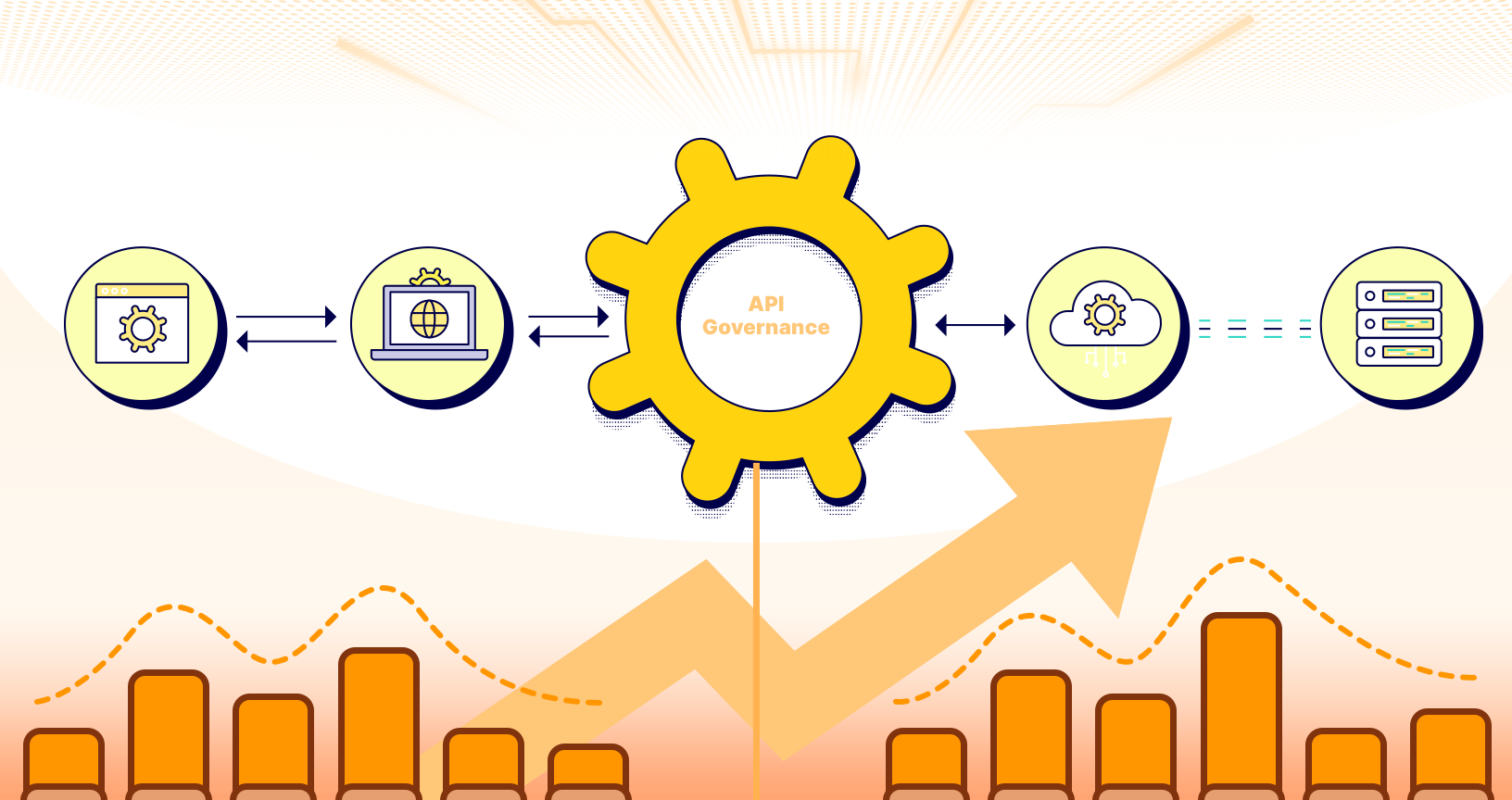
.jpg)
